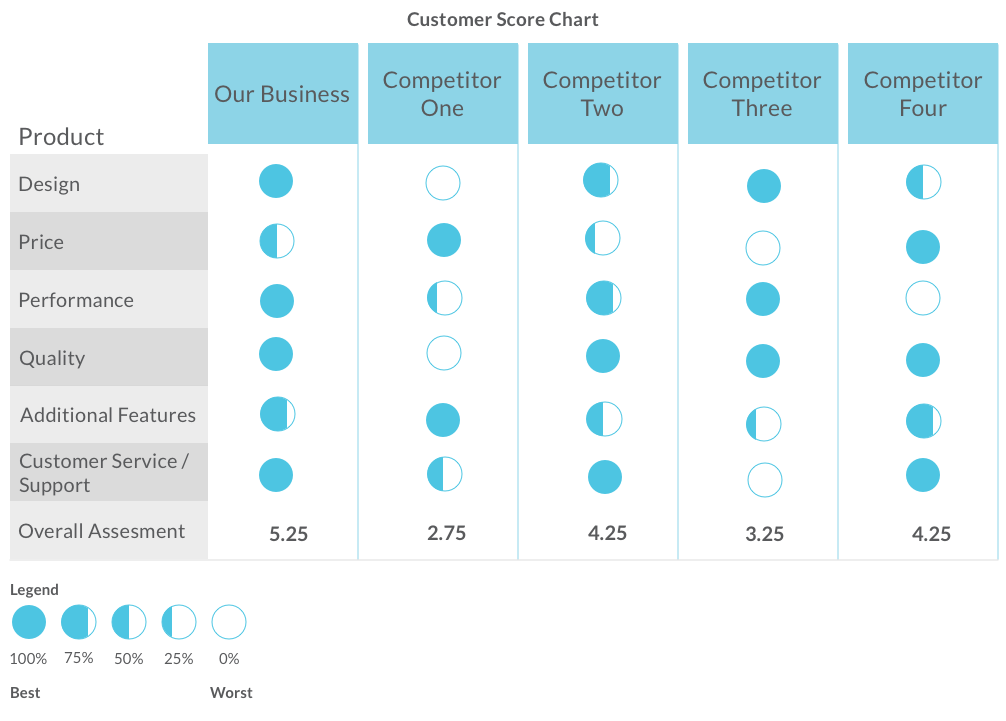Tell me if this sounds familiar…you and your team are in debate over the latest product your company is designing and building, trying to make a case for this feature or that feature. You’re up to 25 features, your designer is crying, and your engineers are pulling their hair out. Does this scenario sound familiar?
It’s not unlike preparing for and hosting a large dinner party when you think about it. You and your partner might be arguing over what your guests want: Should there be a theme? Should it be a plated dinner or buffet? Beer and wine only? Vegetarian, gluten-free, non-alcoholic options? Dancing or no dancing? You and your partner each assume you know best because “you know your guests, ” right? How do you create a great experience and dinner party for everyone?
This is an all too common issue that many of us face, product owners and dinner-party planners alike. Collectively, we’re all trying to solve these important questions:
- How do we understand the needs of our customers and guests, and provide them with a rich experience that brings them joy and also addresses their core needs?
- How do we create excitement over our product or dinner party and compete with all of the other options out there?
- How do we create a unique and compelling experience that people will talk about and share with their friends?
- How do we do all of this on time and on a budget without all of the stress, tension, and uncertainty that typically comes with designing, building, and launching a product or throwing a large dinner party?
Let’s start with the dinner party scenario.
Ask Questions
You want everything to go perfectly, but you don’t really know where to begin. You can start by talking with your guests about their desires, needs, and expectations. Ask them what they would hope to get out of a dinner party. Do they hope for it to be casual, or more upscale and formal? Ask them about any dietary restrictions or needs… maybe Carl is gluten-free now and needs gluten-free options. Do they want music and dancing? These conversations can be casual phone calls or sit down coffees, just make sure you’re asking the right questions to get the answers you seek, and don’t forget to get feedback from a variety of your friends, colleagues, and acquaintances.
The reason this is so important is that you’ll use this information to curate a rich experience that you know your guests are looking for. It may seem like a no-brainer but you’d be surprised by how many people skip this step and simply assume that they know what their guests will want. Never assume that you know your guests. You’ll be amazed by what you find out if you ask and pay particular attention to any common themes. Possible topics to discuss and get feedback on include: food, drinks, decor, entertainment, timing, seating, size of the dinner party, etc.
When designing and building a new product, your bread and butter is also feedback. Interviewing your potential customers is a great way to understand what they’re looking for in a new product, what features they’d like to have and, most importantly, what they would actually be willing to pay for. Just like guests at a dinner party, their answers may surprise you. So often we think we know who our customers are, and we try to deliver on a set of assumptions without actually validating them or talking with potential customers.
There are many different methods for collecting this critical customer feedback: surveys, interviews, workshops, etc. It’s a good idea to start from square one as often as you can. Wipe the slate clean, pretend that you know nothing about your customers and talk to them again and again. This not only gets you the valuable information that you need to create a better product, but it makes your customers feel heard and will help to build a foundation of trust. It also helps to create excitement around your product. Your future customers will like the fact that you are reaching out, engaging them, and continually trying to create a better experience for them with features that they want and need.
Research the Competition
As you continue your research for your dinner party, it’s a good idea to look at the calendar and map out competing events, and it is also a good idea to survey your guests, and find out what other events they are aware of and might be invited to on the date that you wish to hold your party. Are there any other dinner parties or events vying for their attention around the same time?
Ask them about past dinner parties they’ve attended and what made them so great (or so awful). It’s important to understand the competition so you can provide an experience that will be different, and will leave a lasting impression on your guests. Maybe a few of your priority guests have attended a recent event, and they have valuable, top-of-mind feedback for you. They complain to you about all the children that were running around at a recent event and how distracting it was. Maybe they had to eat standing up and hated the fact that they had nowhere to set their drink down. Take all of this into consideration, and make sure that you design an event that addresses the core issues, needs, and desires that you are learning about.
Your company’s new product can benefit from studying the attributes and features of other products as well. This exercise is called a competitive analysis, and it is a great way for you to understand your competition and how you can differentiate your product. Check out what your competitors are doing and put yourself into your customers’ shoes.
Ask yourself, “Why does my customer care?” “What does my customer really need and want?” And be sure to validate this with your customers. Take this information and use it to inform your product design and the feature set that you prioritize. There are many ways to do a competitive analysis, but a tried and true way is to pull up an excel document, and document all your competitors’ products across the columns. Down the rows, you’ll add what you’re looking to compare. Look into customer reviews, pricing (if applicable), features, design, etc. Here’s an example:

Once you have completed a thorough analysis of your competitors’ products you can identify areas where they are failing or falling short, as well as critical gaps in competitor offerings and the customer experience - this is where you should be focusing your efforts for customers.
Evaluate and Repeat
Let’s say your dinner party went off without a hitch. Guests left full and happy, and you are elated, smiling from ear to ear. You and your partner start to clean up. You should take a moment to reflect on why it went so well. Was the timing ideal? Was the food delicious? Did you have great entertainment? Evaluating the party, getting feedback from guests, and making notes for the next one is a great way for you to continually improve and to create an enjoyable experience for your guests at your next party. Your next party will surely be at the top of everyone’s list because your guests will recognize that you engaged them, listened to their opinions, and improved upon the things that didn’t go so well during your last party.
A post-mortem of your product launch is also important to fully grasp what went well, and what you may want to improve. Did you use your budget effectively? Was your team working late hours to make deadlines? How did you get there, and how can you improve upon that? Once you’ve had internal discussions, talk to your customers again. Ask them how they like the new product and features. Ask them to be candid and as honest as possible. Maybe you cut a feature out because of budget constraints and you’re getting a lot of feedback about how disappointing that is to customers. Consider adding that feature back for the next release.
Take that feedback internally and start the process all over again. Your product will be better for it and your customers will appreciate your efforts.
This is not meant to be a “one and done” type of a process. It’s meant to be done repeatedly so you can stay on top of your customer needs and your product’s evolution and future state. Set up monthly interviews with different subsets of your customers so you can understand how their needs change and how that may impact your near- and long-term product roadmap plans. Do a competitive analysis every quarter so you understand how the competition is changing, and you can change with it. Stay humble and keep improving.
If you have a strategy, design or development need or want to talk customer research, competitor analysis, product/market fit or about the latest in tech, innovation and design, send us an email, we’d love to hear from you!



